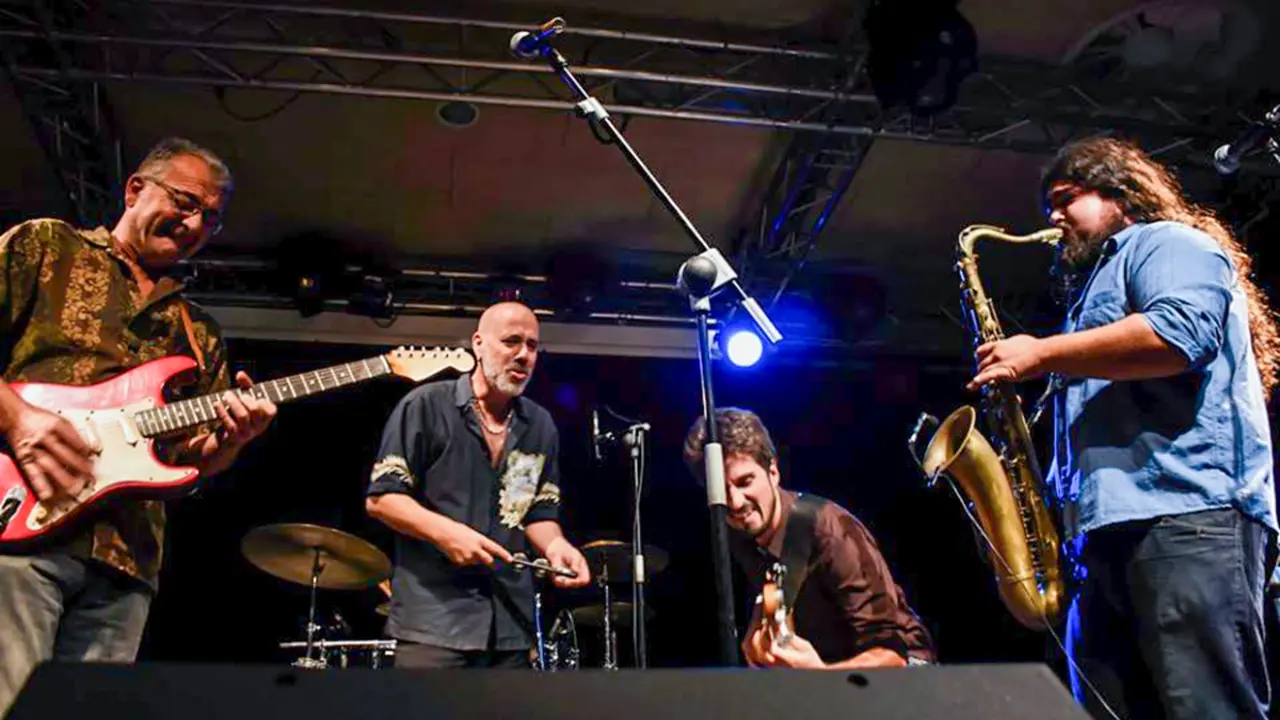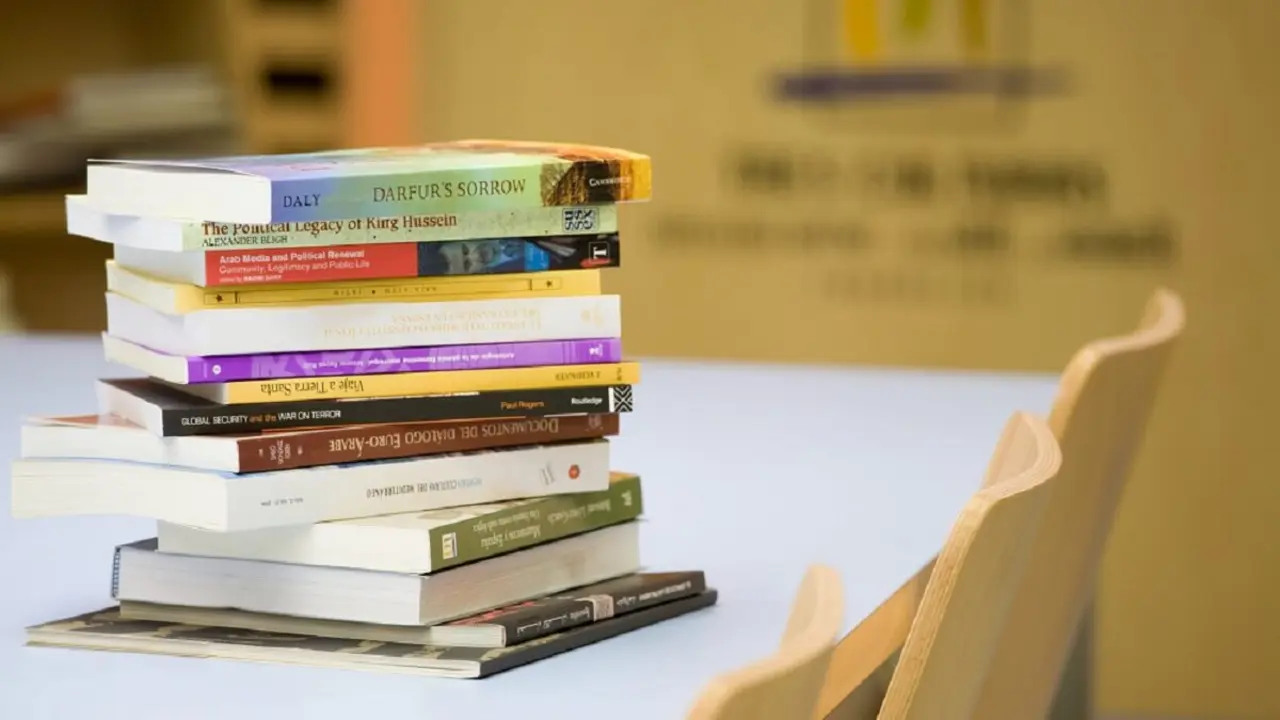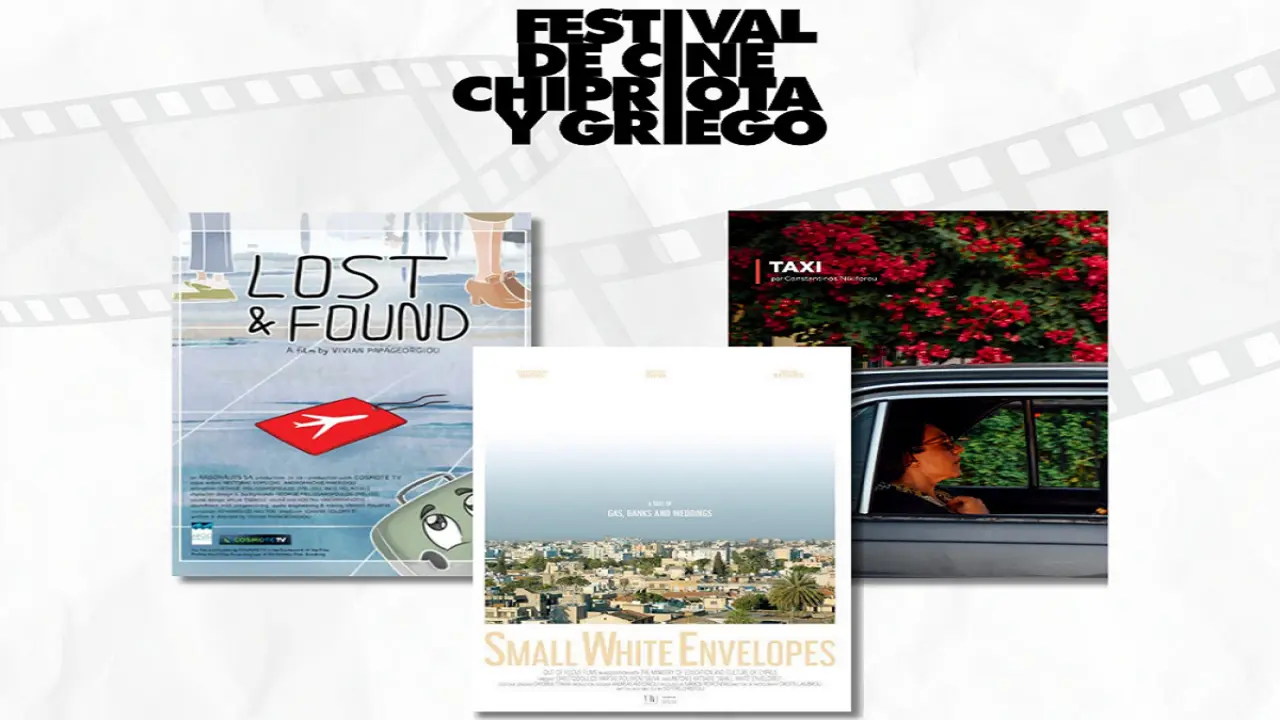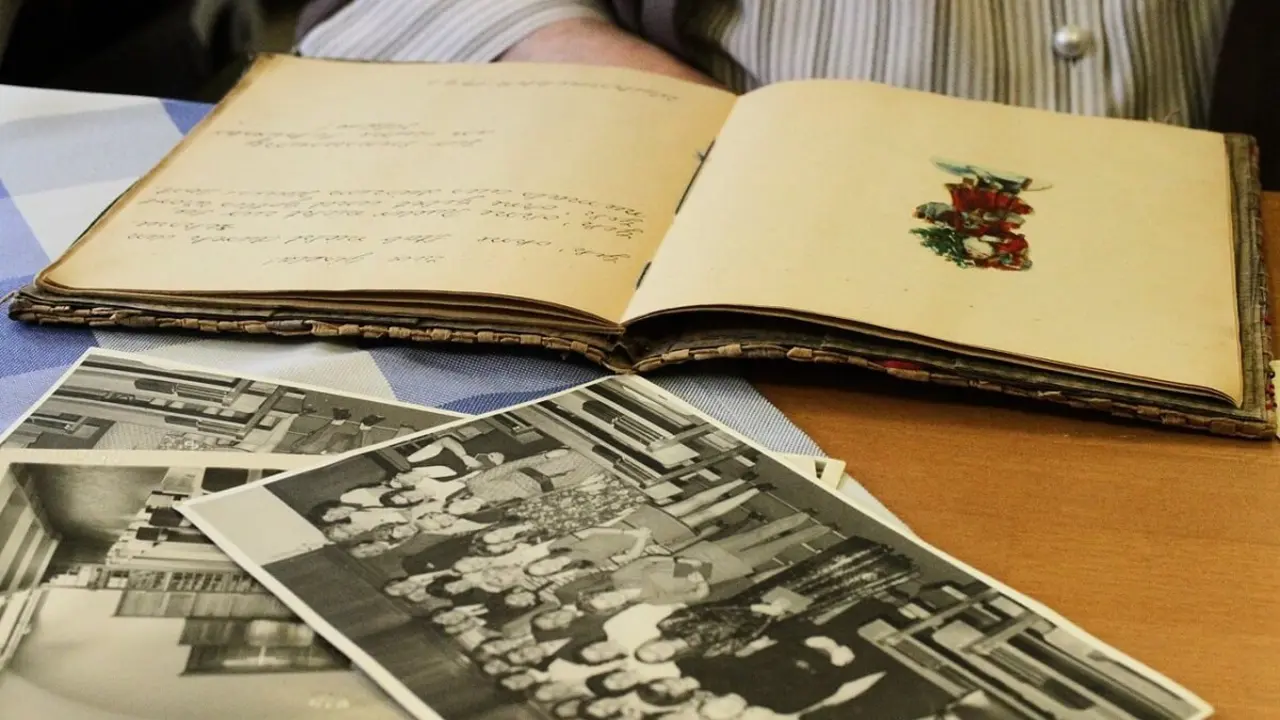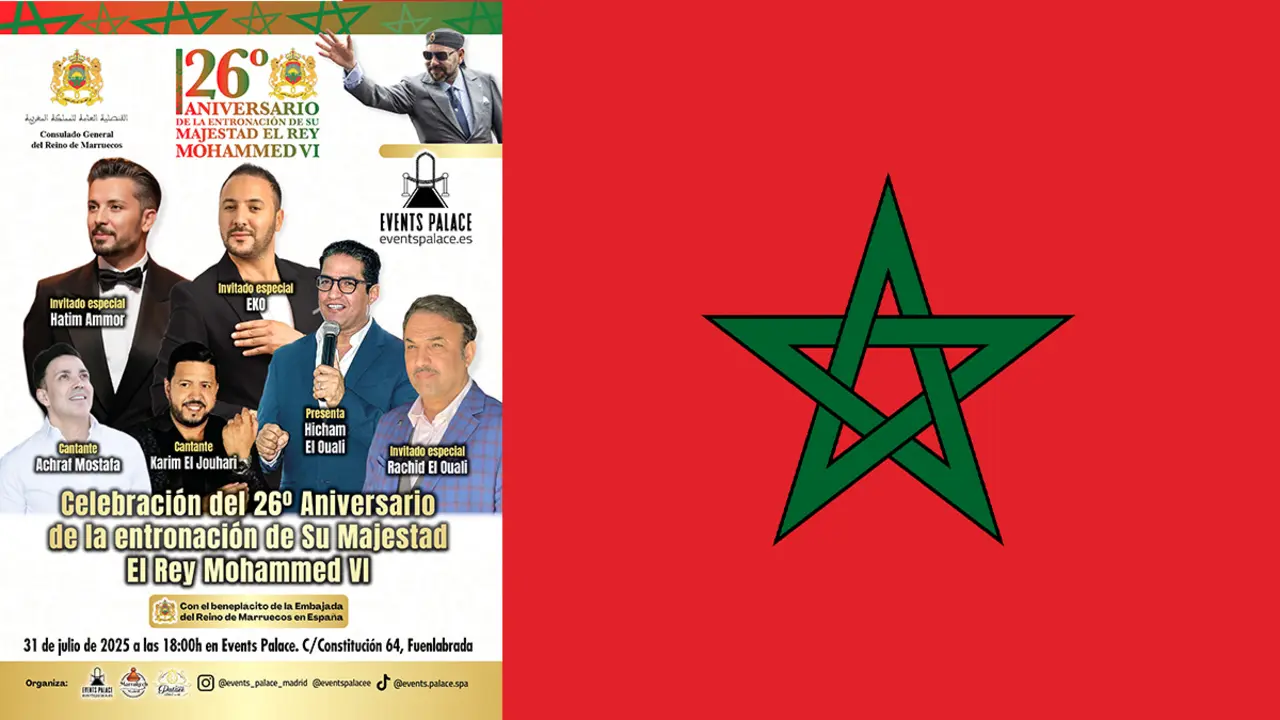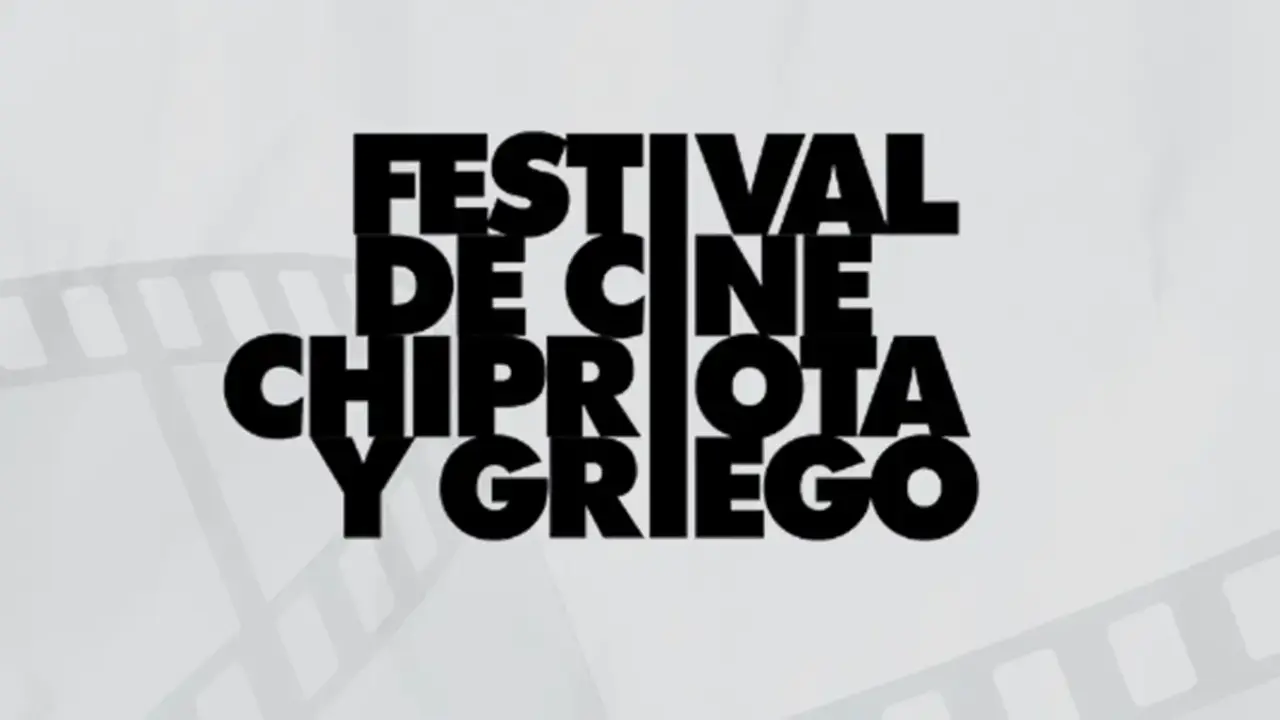The Cervantes Institute in Stockholm co-organises a colloquium on literature and translation chaired by the Queens of Spain and Sweden

The Cervantes Institute in Stockholm has scheduled several cultural activities on the occasion of the official visit of the King and Queen of Spain to Sweden: a colloquium in the library of the Royal Palace, with the intervention of the Secretary General of Cervantes, Carmen Noguero; a scientific meeting on the research of the Nobel Prize winner Ramón y Cajal, the father of neuroscience, and a literary talk with the writer Javier Cercas.
The main event of this programme, which will be chaired by the queens of Spain and Sweden, will take place this Thursday (11:00) in the Bernadotte Library of the Royal Palace in Stockholm, organised by the Cervantes Institute in Stockholm and the Swedish Institute. Under the title 'Meeting on literature and translation between Spain and Sweden', four experts will discuss various aspects of the literature of both countries and translation between their respective languages.
The Secretary General of Cervantes will participate in the presentation of this round table which will bring together the writer Javier Cercas, the translator and professor Carmen Montes Cano, the Hispanist and professor Ken Benson and the writer Hanna Nordenhök. They will analyse the importance of strengthening dialogue and cultural exchanges between the two countries, the relevance of translations in the knowledge of other literatures and the promotion of foreign language learning.
After the debate, Queen Letizia and Queen Silvia will visit the Bernadotte Library, where they will be shown some relevant books and objects linked to the bilateral relationship between Spain and Sweden. Of particular note is a Swedish edition of 'El Cid' from 1859, which was translated into that language by the then Prince Oskar, later King Oskar II, from a German edition of the work.
You will also see a diploma presented to Crown Prince Karl Johan XIV on his acceptance into the Order of San Fernando in 1814; the document naming King Gustav V honorary admiral of the Royal Spanish Navy (1927) and photographs of King Alfonso XIII's state visit to Spain in 1928.
Also within the framework of the official visit of Don Felipe and Doña Letizia to the Baltic capital, the headquarters of the Cervantes Institute in Stockholm hosted two important activities on Wednesday.
The first was the colloquium Cajal's drawings and the discovery of the neuronal forest of the brain, led by the researchers Javier de Felipe, an expert in neurology from the CSIC (Spanish National Research Council), and Ricardo Martínez Murillo, director of the Cajal Institute.
They talked about the research that Santiago Ramón y Cajal (1852-1934) carried out on the microanatomy of the nervous system, his observations on degeneration and regeneration, and his theories on the plasticity of the brain, which had a profound influence on the scientists of his time, causing a radical change in the course of the history of neuroscience.
The scientific talk was held on the occasion of the opening of the exhibition 'Synapses: Art and Science in Spain', from Ramón y Cajal to the 21st century, a journey through the research of the 1906 Nobel Prize for Medicine, which can be visited at the Nobel Museum in Stockholm until 4 December, organised by the Spanish Embassy and the AECID with the collaboration of the Cervantes Institute, among other institutions.
The Cervantes headquarters also hosted a meeting with the writer Javier Cercas, one of Spain's great contemporary authors, who was accompanied by Juan Carlos Cruz Suárez, professor in the Department of Romance and Classical Studies at the University of Stockholm.
On Wednesday, the Secretary General of the Institute, Carmen Noguero, visited the Cervantes facilities in Stockholm for the first time and met with Professor Ken Benson, former Dean of the University of Stockholm, with the Director of the Goethe Institute of Sweden, Jutta Gehrig, and with representatives of the Spanish Embassy and associations involved in the teaching of Spanish in Sweden.
Sent by José Antonio Sierra, Hispanismo advisor.

